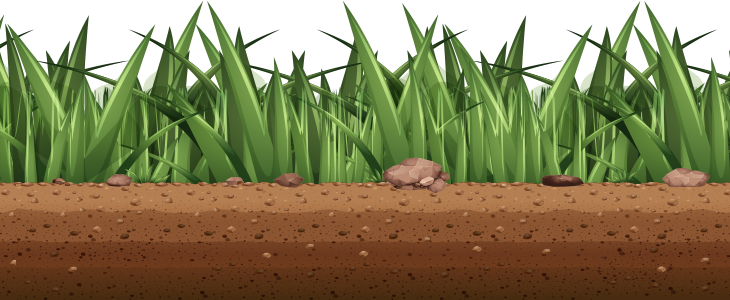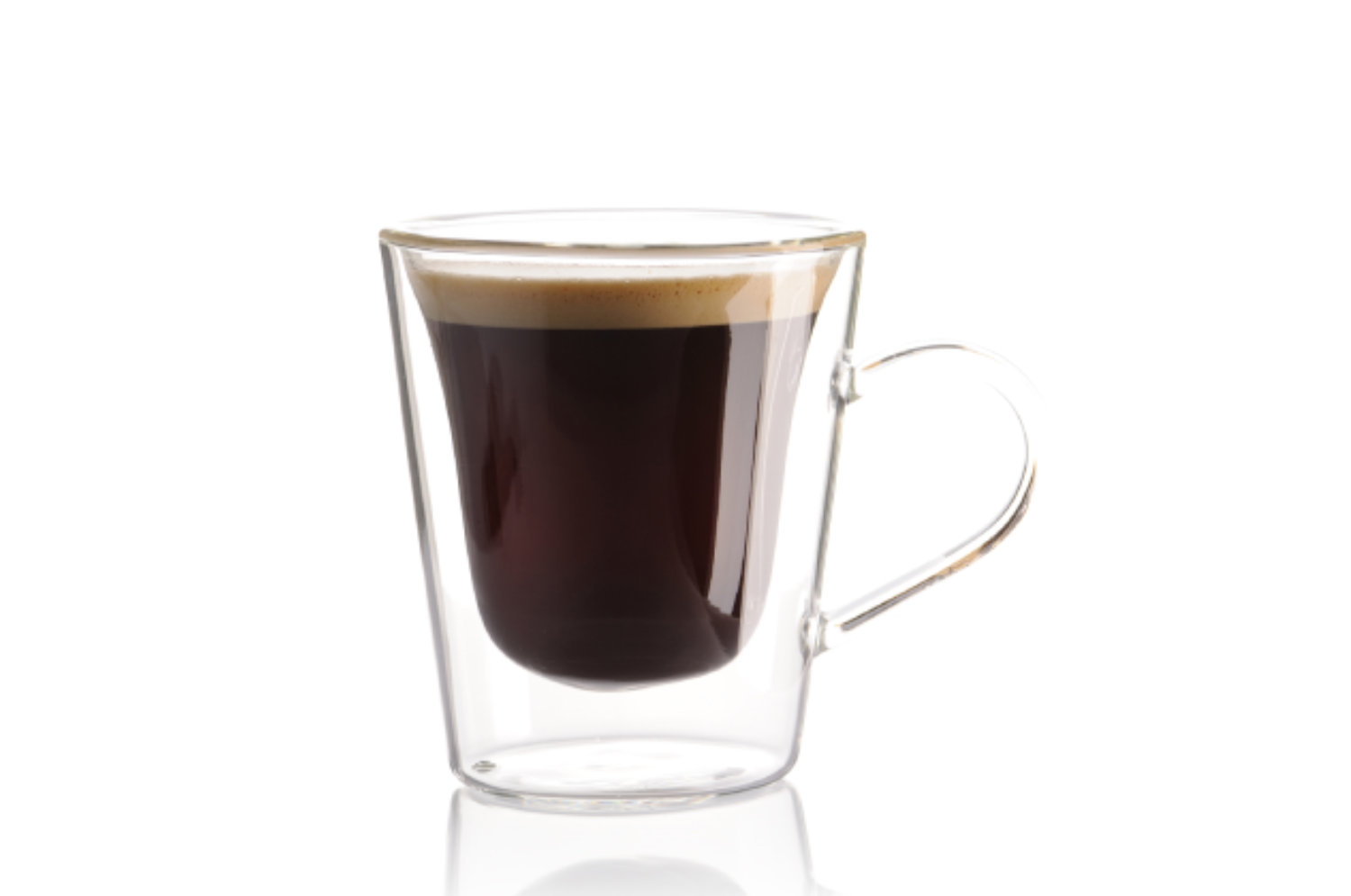
Newsletter
Lorem ipsum dolor sit amet, consec tetur adipiscing elit. Morbi sollicitud in ante nisl, fermentum lobortis.

High Borosilicate Glass
Borosilicate glass (also known as hard glass) is a special glass with high-temperature resistance and a low expansion coefficient. It is a unique glass material with flat expansion rate, high-temperature resistance, high strength, high hardness, high light transmittance and high chemical stability.

Why can high borosilicate glass be called the purest glass in the world?
Because high borosilicate glass has very stable chemical properties and is very heat resistant, and after heating, it will not release toxic elements, so it is generally used to make baby bottles for children.
The water and acid resistance of high borosilicate glass is Class A, alkali resistance is Class A, and the harmful components of the glass are less than 0.1%. It is a heat-resistant glass widely used at home and abroad, but general heat-resistant glass is not necessarily pure borosilicate glass. Instead, use other glass to reduce costs. Because of the excellent performance of glass products with particularly stable chemical properties, under normal circumstances, the chemical substances in glass products are difficult to release (except for very toxic chemical elements), and silicon and boron are non-toxic to the human body.
Things made of high borosilicate glass will not contain lead. Let's first look at the composition of the raw materials of high borosilicate glass; quartz sand (that is, the stone is processed into fine particles), borax, boric acid, and alumina (to increase toughness) , Broken glass (must be high borosilicate broken glass, other glasses can't), table salt (for clarification) These raw materials are melted into high borosilicate glass at more than 1,300 degrees.
Borosilicate glass is a kind of "cured glass", and its cost is relatively high, which meets international environmental protection testing standards. Its high-temperature resistance, high chemical stability, low expansion rate, etc. are particularly excellent. The use of high borosilicate materials replaces a large number of harmful metal ions such as lead and zinc in "green glass". Therefore, it is widely used in pharmaceutical packaging, craft accessories, drinking water containers and other product industries.
The production process of borosilicate glass:
The production process of high borosilicate glass mainly includes batch preparation, melting, forming, annealing, and post-processing steps.
- Batch preparation
First, glass manufacturers pre-process the raw materials, including crushing bulk raw materials, pre-drying wet raw materials, and removing iron from iron-containing raw materials. The pulverized particle size is preferably 0.25-0.5mm. The coarse particles are not easy to be fully melted, and the glass manufacturer will form residual powder stones or silicon-rich nodules in the glass; too fine particles are easy to fly or agglomerate into agglomerates. The raw materials with a certain granularity are accurately weighed according to the formula and then mixed with a rotating drum, paddle, or disc mixer. - Melting
Glass manufacturers melt and clarify the glass batch materials at high temperatures to form a uniform, bubble-free, and stone-free glass liquid. The melting temperature of the glass batch varies with the composition and is usually 1300 to 1600°C. The batch material undergoes a series of physical and chemical reactions at high temperatures and gradually melts completely. As the temperature increases, the viscosity decreases significantly, and a large amount of air contained therein. The gas generated by the decomposition of the raw material rise and escape from the melt, making the melt clear. While removing the bubbles at high temperature, the chemical composition of the glass liquid also tends to be uniform. If necessary, the external mechanical force is applied to stir. After the clarification and homogenization are completed, the temperature is lowered to reach the viscosity suitable for the molding requirements uniformly.
The melting takes place in a glass melting furnace—continuous fusion in the kiln during mass production. The batch material is added at one end of the oven, and the formed glass liquid is discharged at the other end. In small-scale production, it is melted intermittently in a crucible kiln. - Forming
Process glass liquid into products with fixed geometric shapes. When the glass is cooled, it changes from liquid state to plastic state to solid-state, which connects the production stages of glass supply and retrieval, shaping, and setting. When manually picking the material, the viscosity of the glass liquid is usually 102.2 Pa·s; when the content is automatically fed by the machine, it is 102~103 Pa·s, which is equivalent to 10-100 times the viscosity of the glass liquid when it is clarified. The suitable thickness of the glass drop into the mold is usually 103.5 Pa·s, and the thickness during demolding should be 106 Pa·s. The glass frit is subjected to shaping operations such as shearing, bonding, blowing, and calendering within this plastic range. If the production time is extended, the glass composition must be adjusted so that the viscosity transition tends to be slow, and the crystallization tendency is small, to avoid hardening too fast and crystallization during the molding process. Commonly used glass-forming methods include blowing method, pressing method, drawing way, pouring method, calendering method, and so on. - Glass tube blowing method
It is used to make hollow glass products, such as drinking glasses, utensils, bottles, jars, bulbs, etc. For manual blowing, use a 1.5m hollow iron blowpipe, one end is dipped in glass liquid (material picking), and one end is a mouthpiece. After picking the material, roll it evenly and blow on the rolling plate (bowl) to form a glass froth, which is blown into a product; it can also be blown freely without a mold, and finally knocked off from the blow tube. When forming great products, it is necessary to pick and roll evenly to gather enough material repeatedly. During mechanical blowing, the molten glass flows out from the outlet of the glass melting furnace, and forms gobs of set weight and shape through the feeder, which is cut into the preliminary mold to be blown or pressed into the initial shape, and then transferred to the forming shell to be blown into Products. The weighing-blowing method of blowing into a preliminary way and then exploding into a product is suitable for making smallmouth utensils and bottles. The weighing-blowing process of pressing into an initial shape and then blowing into a product is ideal for making large mouth vessels and thin-walled bottles.
Characteristic of High borosilicate glass
Borosilicate glass has a very low coefficient of thermal expansion, about one-third of that of ordinary glass. This will reduce the impact caused by the temperature gradient stress and thus have stronger fracture resistance. Because its shape deviation is minimal, this makes it an indispensable material in telescopes and mirrors. It can also be used to treat high-level nuclear waste.
Borosilicate glass begins to soften at about 821 ℃ (1510 ℉). At this temperature, the 7740-type high viscosity borosilicate is 107.6 weights.
Borosilicate glass is less dense than ordinary glass.
Although more and more resistant to thermal shock than other types of glass, borosilicate glass can still be broken due to rapid or uneven temperature changes. When broken, borosilicate glass cracks tend to be larger, rather than shattered (it will unit, not split).
Optical, borosilicate glass has low dispersion (approximately 65 Abbe number glasses) and relatively small refractive index (the entire visible light range 1.51-1.54).
G3.3 high borosilicate glass has a linear expansion coefficient of 3.3±0.1×10-6/K. It is a glass with sodium oxide (Na2O), boron oxide (B2O3), and silicon dioxide (SIO2) as the necessary components. The borosilicate content of the glass composition is relatively high, namely boron: 12.5~13.5%, silicon: 78~80%, so this type of glass is called high borosilicate glass. It belongs to PYREX glass in borosilicate glass [1]. Acid and alkali resistant, water-resistant, excellent corrosion resistance, good thermal stability, chemical stability, and electrical properties, so it has the characteristics of chemical resistance, thermal shock resistance, excellent mechanical properties, and high-temperature resistance.
The specific physical and chemical properties of G3.3 high borosilicate glass are as follows:
Silicon content above 80%
Strain temperature of 520 ℃
Annealing temperature 560 ℃
Softening temperature 820 ℃
Refractive index 1.47
Light transmittance (2mm) 92%
Elastic modulus 76KNmm-2
Tensile strength 40- 120Nmm-2
The optical constant of glass stress 3.8 * 10-6 mm2/no
Processing temperature (104dpas) 1220 ℃
Coefficient of linear expansion (20-300 ℃) 3.3 * 10-6 K-1
Density (20 ℃) 2.23gcm-1
Specific heat 0.9jg-1K-1
Thermal conductivity 1.2Wm-1K-1
Water-resistance (International Organization for Standardization 719) Level 1
Acid resistance (International Organization for Standardization 195) Level 1
Alkali resistance (International Organization for Standardization 695) Level 2
What are the advantages of borosilicate glass?
The high borosilicate glass has a high expansion coefficient. In layman's terms, the glass cup is taken out of the freezer and immediately filled with the freshly opened hot water glass cup. There is no problem if the glass cup will not break at minus 20 degrees to minus 130 degrees. The glassware of the layer can be directly put into the microwave oven and can be placed on an open flame for 20 minutes without any problem.
Borosilicate is mainly used for glass products, microwave oven supplies, solar tubes, chemical reactors, chemical reaction vessels, etc. It has a wide range of uses and is currently the safest drinking water product in the world.
The water and acid resistance of high borosilicate glass is Class A, alkali resistance is Class A, and the harmful components of the glass are less than 0.1%. It is a heat-resistant glass widely used at home and abroad, but general heat-resistant glass is not necessarily pure borosilicate glass. Instead, use other glass to reduce costs.
High-quality, high-quality borosilicate crystal glass pipe processing, high transparency, wear resistance, smooth surface, easy to clean, healthy, and hygienic. It can be used for solar collector tubes, chemical instruments, daily utensils and high-end lighting glass, its characteristic is the expansion coefficient Small, it is not easy to burst under the sudden temperature change of 0-200 degrees; it is resistant to acid, alkali, water, and corrosion![Advantages of the glass cup] As a new product in the container, the glass cup has become the best tea set for drinking tea, especially for brewing various famous teas. The tea set is crystal clear, not only suitable for viewing but also has the best tea brewing effect. At the same time, the glass cup is cheap and good quality and is very popular among consumers.
The glass cup has the following advantages:
- Material: The cup body is made of high-quality, high-quality borosilicate crystal glass tube, which is exceptionally transparent, wear-resistant, smooth surface, easy to clean, and healthy;
- Structure: The double-layer heat insulation design of the cup body not only maintains the temperature of the tea soup but also makes it easier to drink;
- Process: It is fired at a high temperature of 640 degrees, and has strong adaptability to temperature changes. The instantaneous temperature difference is -20℃ -150℃, and it is not easy to burst;
- Hygiene: Food grade standard can hold 100 degrees high-temperature hot water, tea, carbonated, fruit acid, and other beverages, resist the erosion of malic acid, no peculiar smell, and no odor;
- Leak-proof: The inner and outer layers of the lid and the sealing ring comply with medical-grade safety standards, effectively preventing leakage;
- Suitable for drinking tea: green tea, black tea, Pu'er tea, scented tea, craft scented tea, fruit tea, etc. The soup color can be seen to enhance the taste of life.
Let's Get Started
Your perfect life awaits. Let’s get the ball rolling on your business.